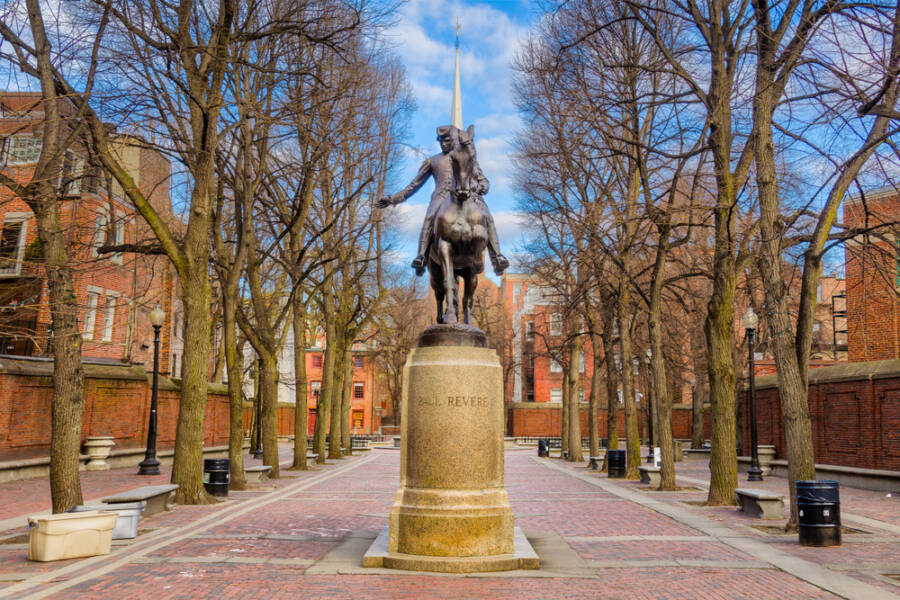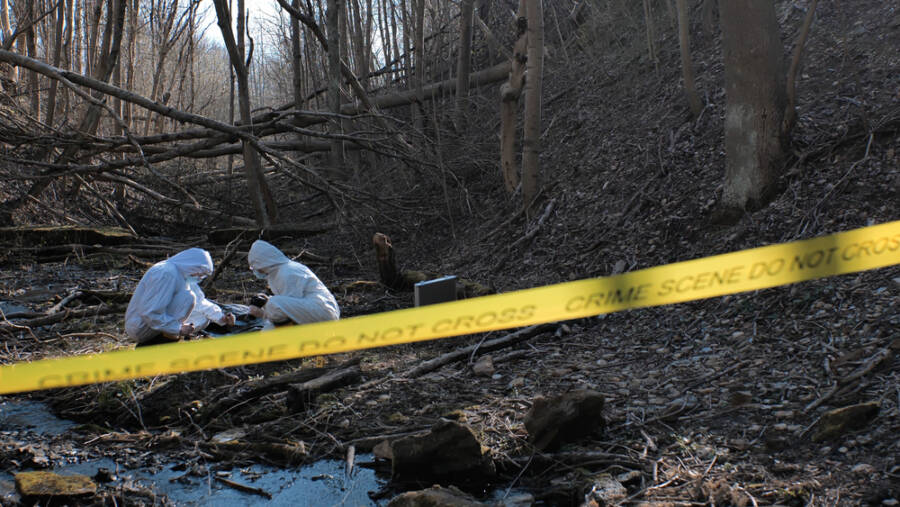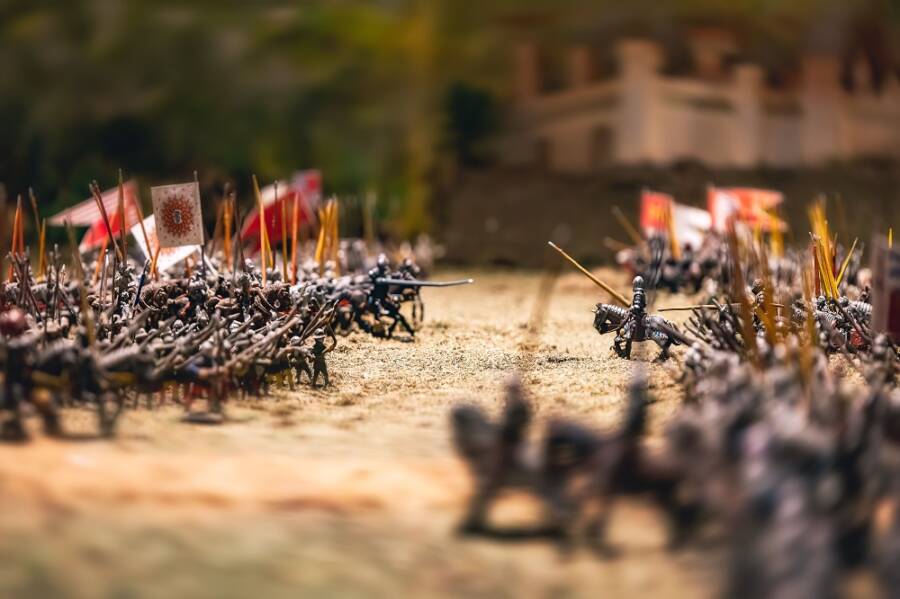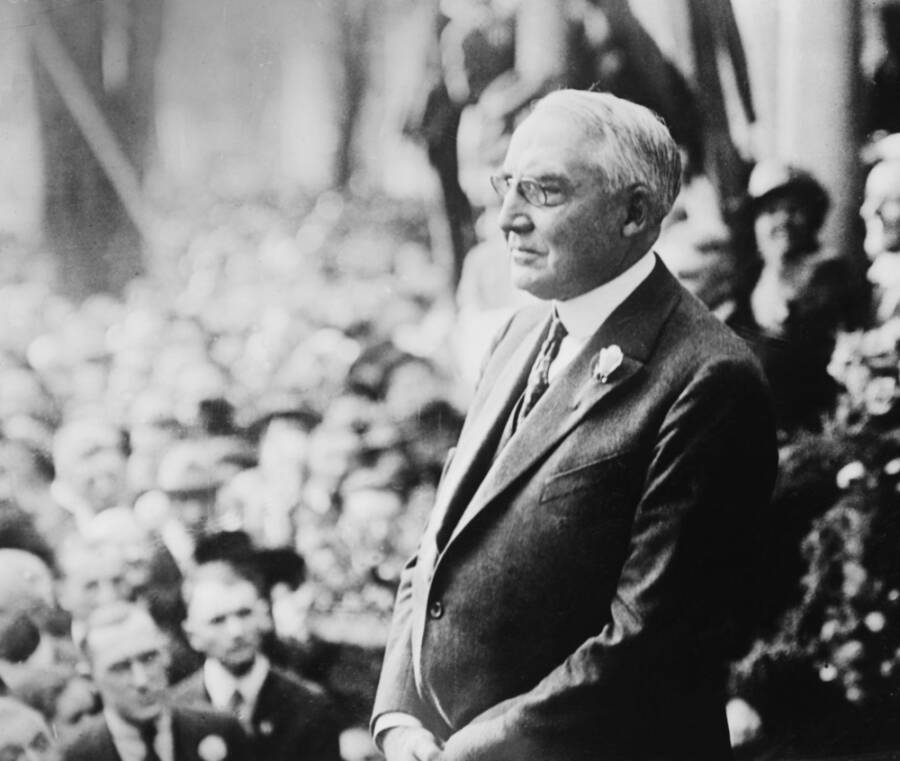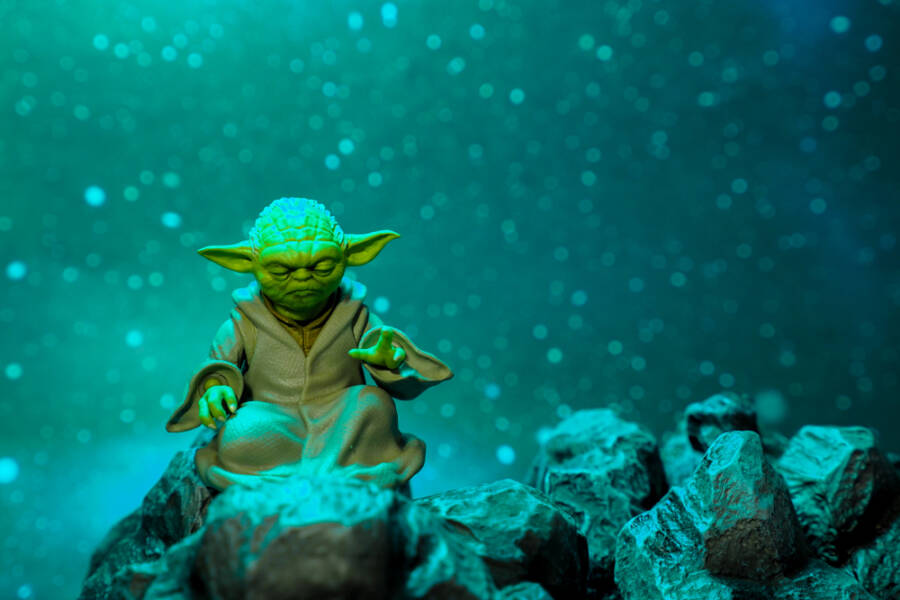
Major Accomplishments and Defining Moments
The fame from the 1928 flight provided Earhart with the platform and resources she needed to pursue her true ambitions. She became a major public figure, an editor for Cosmopolitan magazine, and a vice president at a commercial airline. She used her influence to champion aviation and to advocate for women to pursue their dreams, whatever they might be. But her heart remained in the cockpit.
On May 20, 1932, exactly five years after Lindbergh’s historic flight, Amelia Earhart climbed into her single-engine Lockheed Vega 5B and took off from Harbour Grace, Newfoundland. Her destination: Paris. Her goal: to become the first woman to fly solo nonstop across the Atlantic. The flight was a harrowing ordeal that tested the limits of her skill and endurance. She battled severe weather, thick ice that coated her wings, and a cracked exhaust manifold that threatened to fill the cockpit with deadly fumes. Mechanical failures forced her to abandon her original destination. After nearly 15 hours in the air, she spotted land and brought her plane down in a pasture in Derry, Northern Ireland. A farmhand who witnessed the landing famously asked, “Have you flown far?” Earhart calmly replied, “From America.”
This flight secured her legacy. She was no longer “just baggage.” She was a hero, celebrated around the world for her incredible bravery and piloting skill. President Herbert Hoover awarded her the National Geographic Society’s Gold Medal, and Congress awarded her the Distinguished Flying Cross—the first ever given to a woman. This singular achievement cemented her status as the world’s most famous female pilot.
But she didn’t stop there. Over the next five years, she continued to set records:
- In 1935, she became the first person to fly solo from Honolulu, Hawaii, to Oakland, California, a perilous 2,400-mile stretch of open ocean that had already claimed the lives of several other pilots.
- She was the first person to fly solo from Los Angeles to Mexico City.
- She became a faculty member at Purdue University, which financed the purchase of her state-of-the-art Lockheed Electra 10E, the “flying laboratory” she intended to use for her ultimate challenge.
That ultimate challenge was to be her final flight: a circumnavigation of the globe at the equator, a grueling 29,000-mile journey. It was to be her magnum opus, the crowning achievement of a career spent pushing boundaries. “I have a feeling that there is just about one more good flight left in my system,” she told a friend, “and I hope this is it.”

